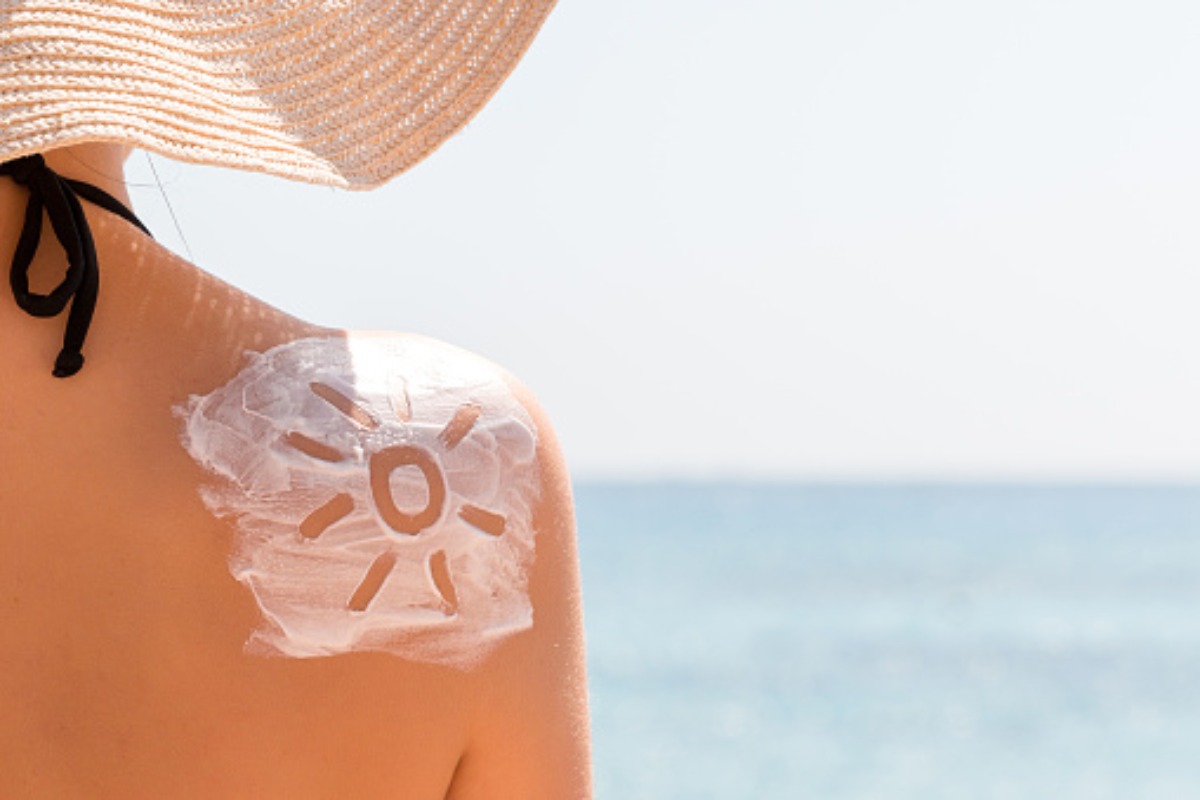Heading to the pool or a backyard cookout? Chances are, you’re probably bringing a hat or applying sunscreen beforehand to protect your skin from the sun rays. Yet, did you know there are many surprising places where you can still get ultraviolet (UV) damage? The following infographic shows common indoor spaces, along with ways to stay protected from damaging UV rays.
If you’re headed on a road trip for a weekend escape, you may not think twice about sun protection while sitting in a car. However, skin exposed to sunlight coming through car window glass can lead to substantial skin damage over time. Windshields are made with two layers of glass laminated with a plastic layer in between to block UVB rays and about 96% of UVA rays. Your side and rear windows are typically made from single-pane glass, which is only effective at blocking UVB rays.
Your skin isn’t the only thing in a risk for UV exposure — many common materials are, too. When things such as wood, plastics and paints absorb UV rays, they begin to dry and their chemical bonds breakdown over time. This is called UV degradation and materials may break, fade or wither away from prolonged exposure. Consider repositioning your furniture to reduce UV degradation or putting covers over furnishings to protect the original upholstery.
Whether it’s your skin or furniture, the sun can pose a great danger. However, taking the right precautions can make all the difference in reducing the risk of sun damage. For more unexpected places you may be getting harmed by UV rays, see the accompanying infographic created by Glass.com.


